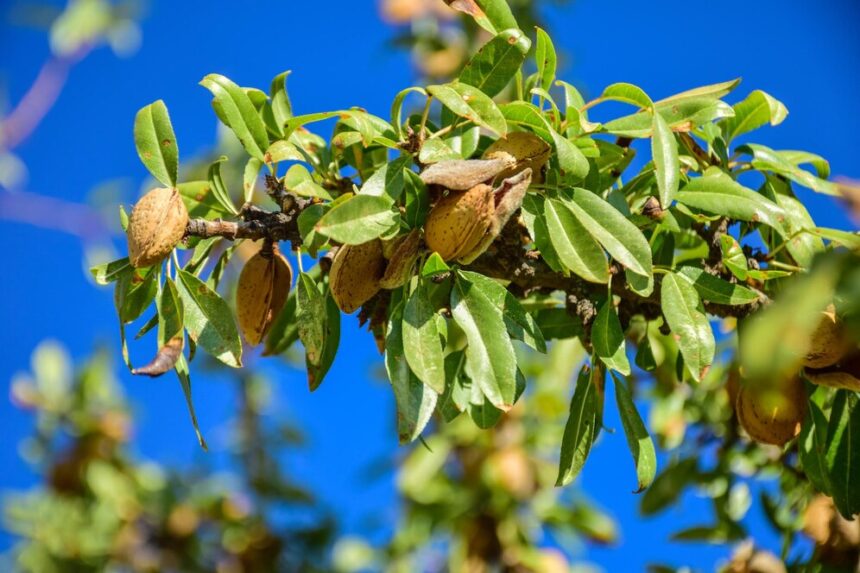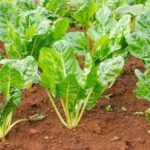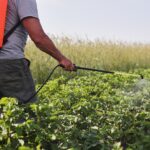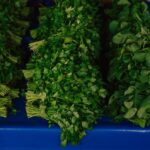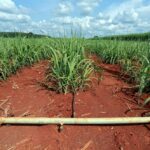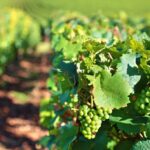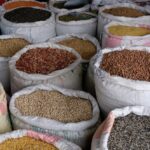Nut orchards—whether growing macadamia, almonds, pecans, or walnuts—require consistent, efficient water management to produce high yields and premium-quality nuts. Unlike many other crops, nut trees are long-term investments that need precise irrigation strategies to thrive through all stages of their life cycle. Poor irrigation can result in water stress, reduced nut size, lower kernel quality, and long-term damage to tree health.
Choosing the right irrigation system for your nut orchard depends on the type of nuts you grow, your region’s climate, soil type, and available water resources. In this guide, we break down the best irrigation systems for nut orchards and how to manage them effectively for maximum productivity and sustainability.
Why Irrigation Matters in Nut Orchards
Nut trees are perennial and have deep root systems, but they are also sensitive to drought stress, especially during flowering, nut set, and kernel filling. Efficient irrigation helps:
- Maintain consistent tree health
- Maximize nut yield and size
- Enhance kernel quality
- Improve resistance to pests and diseases
- Conserve water and reduce operational costs
Top Irrigation Systems for Nut Orchards
- Micro-Sprinkler Irrigation
Micro-sprinklers are one of the most popular systems for nut orchards, especially for macadamia and citrus-based intercropping systems.
Advantages:
- Provides uniform water coverage under the canopy
- Helps maintain soil moisture in a broader root zone
- Cools the soil and improves microclimate during hot periods
- Can double as frost protection in colder regions
Considerations:
- Needs regular maintenance to prevent clogging
- Requires filtration systems to ensure clean water
- Slightly higher water use than drip systems
Best For: Macadamia, pecan, almond, and walnut orchards in warm or mixed-climate regions
- Drip Irrigation
Drip irrigation is a water-efficient system that delivers moisture directly to the root zone via emitters or inline driplines.
Advantages:
- Precise water delivery reduces losses due to evaporation or runoff
- Lowers weed growth between rows
- Suitable for fertigation (applying fertilizers through irrigation)
- Works well in hilly or uneven terrain
Considerations:
- Root systems may become shallow if emitters are not spaced properly
- Needs high-quality filtration and frequent monitoring for blockages
- Not ideal for frost protection
Best For: Almond and pistachio orchards, or areas with limited water supply
- Subsurface Drip Irrigation (SDI)
SDI is an advanced version of drip irrigation where driplines are buried below the soil surface, directly feeding the root zone.
Advantages:
- Prevents evaporation and surface water loss
- Eliminates interference with cultivation and harvesting
- Encourages deeper root development
- Reduces disease pressure by keeping foliage dry
Considerations:
- Higher installation cost
- Difficult to detect and repair leaks or clogs
- Requires skilled system management
Best For: High-value nut orchards where water conservation is critical
- Flood or Basin Irrigation
Flood irrigation involves applying water across the orchard floor to saturate the soil. It is used in traditional farming systems, particularly where water is abundant and inexpensive.
Advantages:
- Low-tech and simple to implement
- Effective in soils with good water retention
Considerations:
- High water usage and inefficiency
- Can cause root diseases or waterlogging
- Not recommended in sandy or sloped terrain
Best For: Older or traditional pecan orchards in flat, heavy-soil areas with ample water supply
- Overhead Sprinkler Irrigation
This method involves using large sprinklers or rain-gun systems to apply water over the tree canopy and orchard floor.
Advantages:
- Useful for frost protection in young orchards
- Can cover large areas quickly
Considerations:
- High evaporation loss, especially in hot climates
- Can increase foliar diseases if used too frequently
- Uneven coverage in windy conditions
Best For: Temporary frost protection or young orchards during establishment
Smart Water Management Practices for Nut Orchards
Regardless of the irrigation system chosen, effective water management is key to orchard success:
- Soil moisture monitoring: Use probes or tensiometers to measure moisture levels at root depth
- Irrigation scheduling: Base water application on tree growth stages, evapotranspiration rates, and rainfall data
- Fertigation: Combine fertilizer application with irrigation to save time and improve nutrient uptake
- Zoning: Divide the orchard into irrigation zones based on tree age, soil type, and slope for more precise control
Tailoring Irrigation to Tree Growth Stages
- Spring (flowering and nut set): High water demand; critical for pollination and nut retention
- Summer (nut development): Maintain consistent moisture for kernel filling
- Late summer/early autumn (ripening): Reduce water slightly to encourage shell hardening
- Winter (dormancy): Minimal irrigation needed unless in very dry climates
The best irrigation system for your nut orchard depends on your local conditions, tree species, budget, and long-term goals. Micro-sprinklers and drip systems remain the most efficient and widely adopted methods, offering both water savings and yield benefits when managed correctly.
Investing in a well-designed irrigation system not only boosts productivity but also supports sustainable orchard management in the face of climate variability and water scarcity. With the right system and scheduling in place, nut growers can ensure healthy trees, optimal yields, and a more profitable farming enterprise.


